Throughout history, all forms of art have tended to evolve in relation to an ever-changing picture of the world. Modern people are surrounded by digital technologies. This contributes to the emergence of more and more new opportunities for their full use in the creative process.
The result of a successful combination of basic artistic principles and digital technologies is the emergence of such a direction as 3D digital art. And since we are directly related to it, today we are ready to put all the cards on the table. So, brew your favorite tea or aromatic coffee and go with us to a three-dimensional digital world full of interesting discoveries.
Introduction to 3D Digital Art: Basic Steps
Digital art is the practice of creating artistic works based on the use of digital technologies as the main means of representation.
In other words, this is the creation of works of art, drawings, and illustrations using digital technology and special computer software.
Unlike 2D art, where an artist depicts objects using measurements of length and width, 3D art is created by working with polygon meshes and transforming them into characters, objects, and environments. The range of applications for 3D art is huge: advertising, website design, films and, of course, video games.
Working with 3D digital art is a multi-component painstaking job that can take tens of hours even with a high level of skill. We have gone through thick and thin in working with 3D art, so we can tell you a thing or two about it. In particular, we can highlight several key areas that are at the forefront of 3D art creation.
Modeling
Modeling is the creation of a three-dimensional mesh that can end up being anything, from a retro steam locomotive to a graceful wood elf.
The result of the work is a model – a three-dimensional digital image of a real or fictional object. Such models are developed on the basis of concept art, drawings, photographs and sketches, and simply using imagination. High-quality 3D models can be further textured and rendered. They can also go for a 3D printer and become part of real life. It all depends on the purpose of the digital object. Below we will talk in more detail about the types of 3D modeling.
Texturing
Texturing, also known as mapping, is the process of applying a texture to a high-poly or low-poly model.
A texture is a bitmap that can be used to give a model a certain shape, texture, relief, and color. The model acquires the necessary visual properties. Thus, texturing allows:
- Demonstrating material.
- Illustrating the physical properties of the object.
- Adding lighting effects.
- Creating details: folds of clothes, scars and wrinkles on the face, etc.
There are 2 main types of texture mapping – relief mapping and MIP-mapping. The essence of texturing is the procedure for unfolding a mesh – completely flatting it out – and creating the desired colors and reliefs on it in programs like Photoshop.
Upon completion, the resulting texture is again superimposed on the mesh. Depending on the complexity of the model, textures can be created for each part, for example, arms, torso, head, or be a single “wrap” for the entire model (soccer ball). If there are many textures, it is necessary to achieve a smooth seamless merging of all of them to achieve maximum realism of the object.
Rendering
Or, in other words, visualization, rendering is the process of obtaining a photorealistic image composed of a model or other information, for example, a description of the geometric data of objects, the position of an observer’s point, a description of lighting, etc.
All actions are carried out with the help of special computer programs. There are many aspects to creating a good final render of a scene, including camera position, lighting that can affect the overall mood and shadows, reflections, transparency, and special effects processing.
Animation
Animation is the process of making characters and objects move.
This gives movement to the 3D object. Sometimes this stage is optional, and the work ends with the creation of a 3D model. But if you have to breathe life into it, then the following options are used:
- Animate by keyframes.
- Animate along a path.
- Animate in a dynamic environment.
- Animate using motion capture.
Keyframing is one of the most common ways to create 3D character animation. The essence of the method is as follows – several main points are set on the timeline, at which the position or shape of the object changes. The animator sets the necessary parameters of the model in the given frames, and the program automatically calculates the intermediate states. If the animator manages to frame the object into the correct shape at every fixed point in time, the 3D animation will be as natural as possible.
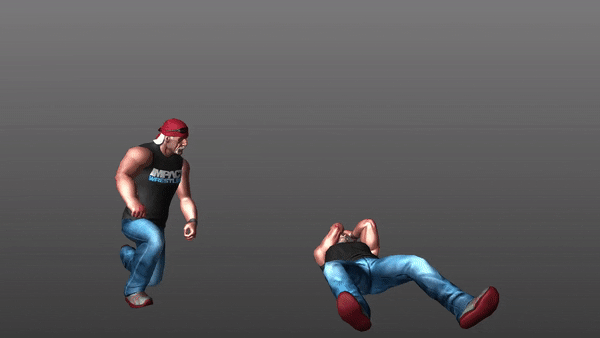
The essence of animation along the path is to set the starting point, the trajectory of the object, and the end point. After the character or object is attached to the trajectory, the program itself calculates and creates the movement. If you add animation to the object itself (flapping wings, flashing lights, opening air flaps, retracting the landing gear) and varying the viewing angles, you can achieve visually appealing and breathtakingly dynamic effects.
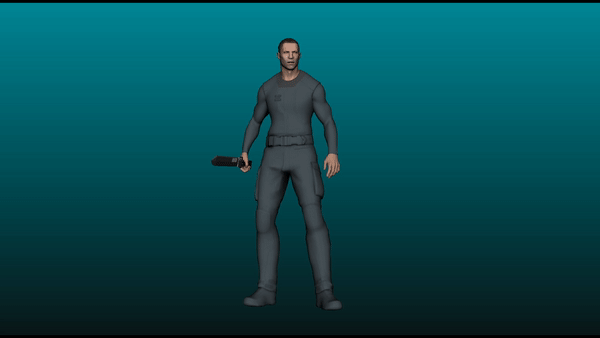
Animation in a dynamic environment is the movement of a character or an object, taking into account environmental factors: gusts of wind, raindrops, light from lanterns, and so on. Therefore, this is a complex computational work with a deep dive into the physical characteristics of objects. This is a necessary step to create a complete picture of what is happening – without all this, even the most detailed 3D modeling with detailed textures will not make the character come alive.
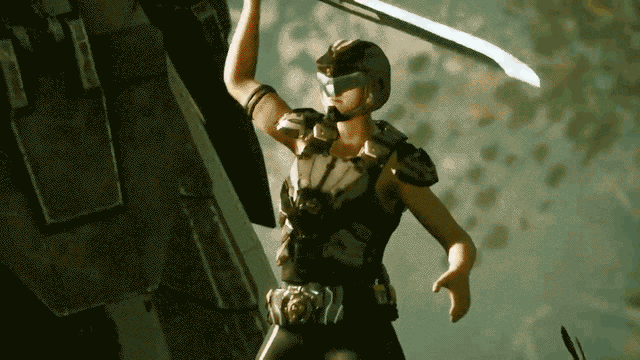
We have already considered motion capture technology in more detail when studying the types of 3D animation. Its meaning is to use the work of actors, to which special sensors are attached that capture movements and transmit information about them to the program. It creates a moving skeleton with a set of keyframes. In the end, this skeleton turns into a real character with the help of 3D modeling. As a result, the actions of the hero are realistic and convincing.
Types of 3D Modeling: Initial Dive
Today, creating 3D models has become an extremely common area, and many people do not even realize how closely their lives are connected with 3D content. And certainly few people think about how many types of 3D modeling exist. But this is a very interesting topic not only for 3D modelers. So, head on to new knowledge. By the way, all of the following types of modeling can be used both individually and in combination.
Polygonal Modeling
This is one of the most popular ways to create a 3D model. The bottom line is to create and edit a mesh of polygons that consist of vertices and edges.
Most polygons are triangular or quadrilateral. Each polygon can have its own texture and color, and by combining several polygons, you can get a model of any object. In order for the edges of the model not to have a faceted appearance, it is necessary that the polygons be small, and the surface of the object consists of small planes.
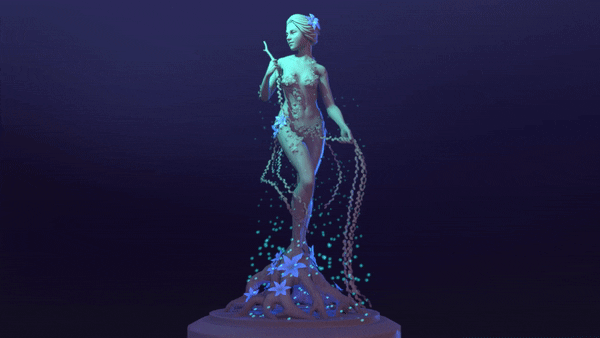
If a detailed study of the object is supposed, that is, high-polygonal modeling or a further increase in its image, then it is necessary to build a model with a large number of polygons. If it is supposed to look at the model from afar without zooming in, then a small amount of polygons aka low poly modeling will suffice. Such models will be called high poly and low poly, respectively.
Despite the fact that polygon modeling is used quite often, especially when creating three-dimensional computer games in real time, recently there has been a transition from modeling with polygons to working with splines (spline or curve modeling).
NURBS and Curve Modeling
Non-uniform rational basis spline is a technology for drawing and representing curves and surface geometry.
NURBS modeling is a special case of spline modeling and is often identified with it. The main difference between this method and polygonal modeling is smoothness. The NURBS model does not consist of polygons, but of curves (splines). However, when rendering, it is still converted to polygons, although inside the modeling system it remains in curves.
Spline lines are defined by a three-dimensional set of control points in space that determine the smoothness of the curve. All splines are reduced to a spline skeleton, on the basis of which an enveloping three-dimensional geometric surface will be created. Curve modeling is used to create smooth organic shapes and patterns. In various programs that allow you to work with splines, there are more complex spline objects. The advantage of spline objects is that they have flexible settings and you can always return to changing their shape.
Digital Sculpting
Digital sculpting, also known as sculpting or 3D sculpting, is the use of software that offers tools for pushing, pulling, smoothing, gripping, pinching, or otherwise manipulating a digital object as if it were made from a real substance, such as clay.
Digital sculpting is a type of breakthrough technology that has greatly advanced the 3D modeling process.
Modelers are no longer limited to topography or boundary flow. This allows them to create 3D models similar to the digital clay sculpting process.
Meshing here is an organic process. It is best to use a graphics tablet. Artists are completely immersed in creativity and sculpt without thinking about polygons, the number of which can reach millions. The process becomes much faster and much more efficient. Digital sculpting is the number one technology when it comes to creating photorealistic objects.

Most digital sculpting modeling tools use the deformation of the surface of a polygonal model, allowing it to be convex or concave. Other tools work on the principle of voxel geometry, the volume of which depends on the pixel image used. In digital sculpture, as in clay work, the artist can build up the surface by adding new layers, or vice versa, remove excess by erasing layers. All tools deform the geometry of the model in different ways, which makes the modeling process easier and richer.
Procedural Modeling
Procedural modeling is a technique that allows artists to vary and change existing models based on a sequence of rules, instructions, or algorithms, rather than creating entirely new ones.
It’s more about design, which is created automatically under the control of the artist. Thus, you can create objects, environments, and entire locations by setting certain user parameters and significantly reducing the time of work. Various modeling packages such as Bryce or Terragen include a large number of presets for buildings, natural elements, and animals to quickly design your desired environment. Also, modellers can change the parameters of precipitation, foliage density, height range, and much more in a wide variety of natural locations, such as the sea coast, forests, deserts, mountains, and so on.
There are many different tools for procedural modeling. SpeedTree, for example, allows you to generate an infinite number of trees and vegetation, each of which will look unique. There are options to change the height of trees, the number of branches and leaves, etc.
Box Modeling
Box modeling is a 3D modeling technique that uses a primitive shape to create the base shape of the final model.
This type, also known as the subdivision method, is close to polygonal modeling. Its essence lies in changing the shape of the original elementary object, such as a cube or sphere, to achieve the desired shape. Once the desired shape has been achieved, the modeler subdivides the mesh, smoothes sharp corners, and adds detail. These procedures are repeated until the model acquires the desired form.
Contour Modeling
Contour modeling is a method for modeling the boundaries of an object.
Some call it edge modeling. This also applies to the polygonal type of 3D object creation. Its difference from the subdivision method is that here the artist builds a model step by step based on the initial outline and gradually adds polygonal loops along the already created polygons. The gaps between them are filled in the process.
This method is used when it is difficult to clearly define meshes using box modeling. For example, the human face requires a more complex approach than just a simple reshaping. It is more convenient to form each part of the face, creating the initial outlines of the nose, mouth, and eyes, and only then filling them in from the inside.
Image-Based Modeling
Image-based modeling is an algorithmic way to transform 2D images into a 3D environment.
It is most commonly used when a modeler is faced with severe time or budget constraints that prevent them from creating 3D models from scratch with any of the above methods. Requiring a relatively small cost, this method only needs high-quality images of the desired object from all sides in order to eventually get a whole picture.
Image-based modeling is commonly used in the film and entertainment industry.
How to Choose a Perfect Art Style for Your 3D Game
When it comes to art styles, even Google throws up its hands (or whatever it may be).
The harsh truth we have promised is …
There is no taxonomy of art styles for games as such.
At least there is no standardized official version that everyone uses.
Unlike fine art, the approach to creating game art is somewhat more dynamic. It often combines many different styles and the line between them is so blurred that it makes no sense to try to classify them. In addition to game design, there is gameplay, mechanics, and history that also affect perception.
This is an unofficial list, but it will help you better understand 3D art
Learn moreTo get a rough idea of which play style suits you best, try answering the following questions. At first glance, it seems that they have little to do with the concept of style, but in the end, with clear answers, the desired style will determine itself.
| What resources do you have? | Perhaps you want to create a game on your own or with a friend. Perhaps you have already assembled a team of artists, some of whom even have experience. Or maybe you’ve drawn a lucky ticket and have a super-specialist staff ready to work on a AAA game. The fewer resources you have, the easier it is to choose a style. Otherwise, you will definitely encounter a discrepancy between what you want and what is actually there. |
| What is the essence of your future game? | Is it a game about cybertech, nature, animals, detective investigations, or a classic puzzle game? The style will be chosen based on what you want to convey to the player. Often a list of adjectives is selected that can describe the game: perky, sad, mysterious, cheerful, gloomy, and so on. |
| What gender is the game geared towards? | It’s impossible to say for sure, but often men prefer more severe color palettes, weapons, and laconic landscapes, while women want something brighter and less brutal. |
| Do you plan to focus on design or gameplay? | How much time are you willing to spend on creativity? It is important to understand how important the visual component is to you and whether you are going to draw the smallest details. This will also have a big impact on your choice of style. |
| What platform are you targeting? | Once you’ve figured this out, it’s easier to brush aside styles that don’t exactly fit your game. For example, highly detailed 3D games are hardly a good option for smartphones, but just right for a PC. |
Final Thoughts
We’ve talked about many aspects related to 3D art. This direction is actively developing right before our eyes, and it would be unforgivable negligence not to notice the curious and bright path of its evolution. This is where we, the creators and storytellers of 3D art, end for today. And you can always admire our 3D art portfolio and consult with us about your 3D art project.



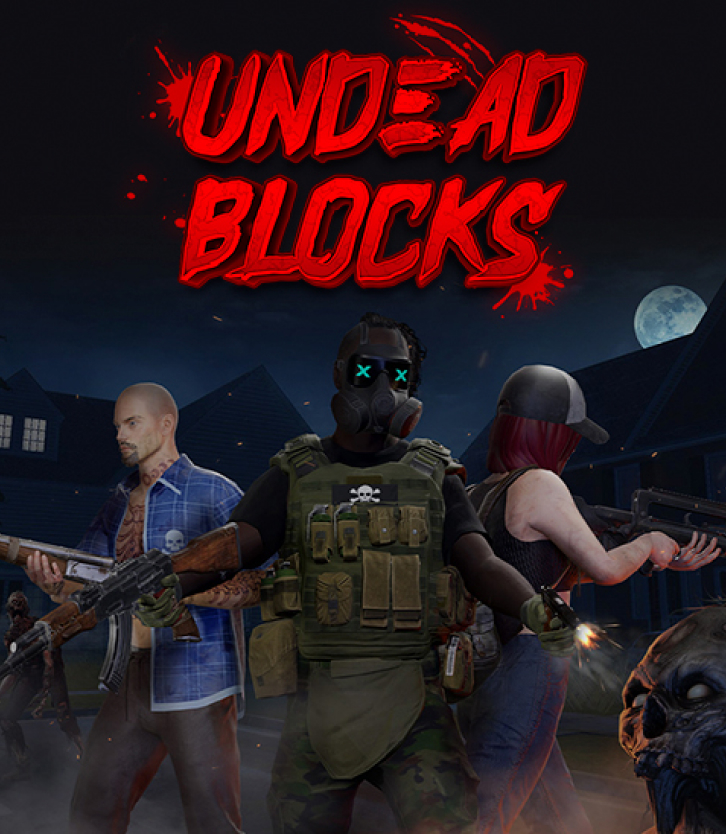
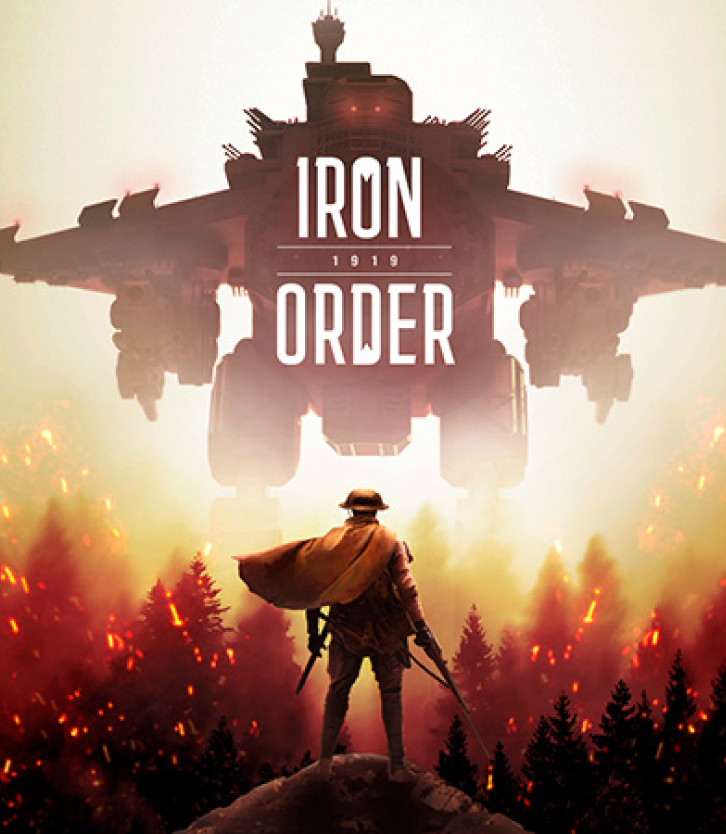
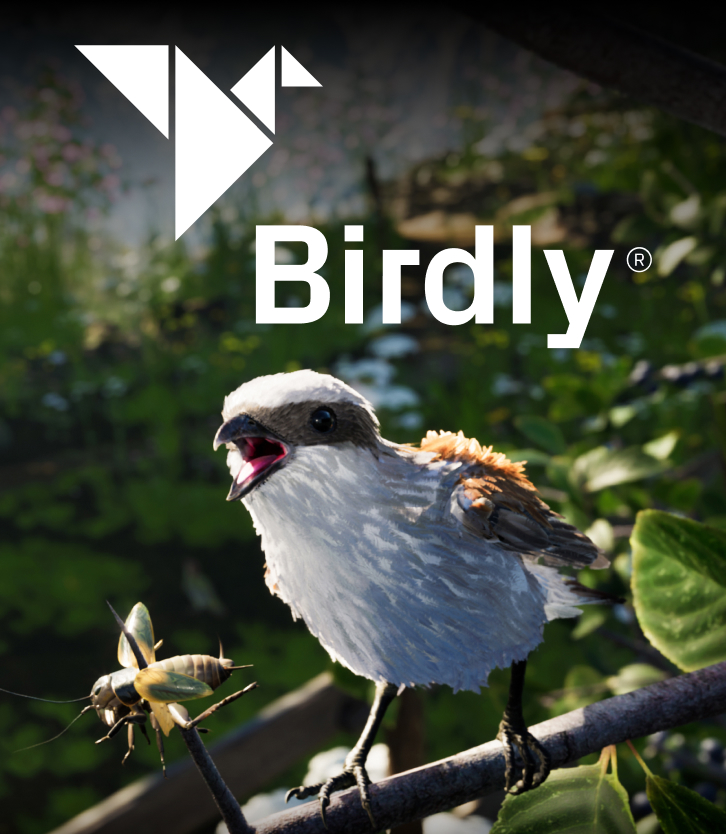

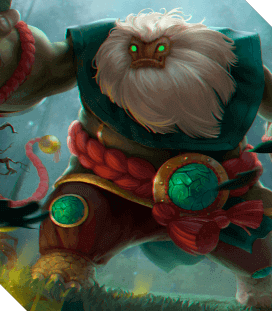
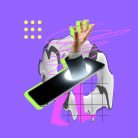

![Indie Game Development: Guide to Revenues, Most Profitable Genres & Monetization [+10 Best Indie Games 2024]](https://kevurugames.com/wp-content/uploads/fly-images/11949/indie-pre-138x138.jpg)